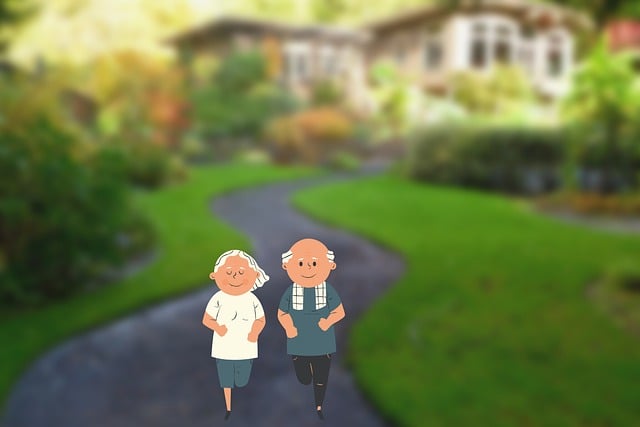In real estate, accessibility features are key to enhancing property value and appeal by creating inclusive spaces for diverse needs, especially individuals with disabilities. From basic adaptations like easy-to-use light switches and secure grab bars to advanced smart home technology, these features simplify daily tasks, promote independence, and improve overall well-being. Wide doorways, ramps, and braille signage not only accommodate disabilities but also foster a sense of welcome and equality, contributing to a diverse community where everyone feels valued and respected. Prioritizing accessibility enhances the living experience for all, going beyond legal requirements to create inclusive homes that support independence and improved mental health.
In today’s evolving landscape of real estate, accessibility features are not just a luxury but a vital aspect of modern home design. These unseen assets enhance daily comfort and independence for all residents. From intuitive kitchen layouts that accommodate various needs to bedroom modifications for easier mobility, this article explores how accessibility transforms everyday routines. We delve into the broader benefits of creating inclusive living spaces, highlighting why these features are essential in building communities that embrace diversity.
Understanding Accessibility Features: The Modern Home's Unseen Assets

In the realm of real estate, understanding accessibility features is akin to uncovering a home’s unseen assets. These features, often taken for granted, play a pivotal role in enhancing daily comfort and independence for all residents, especially those with disabilities or special needs. From simple modifications like grab bars in bathrooms to sophisticated smart home technology, each addition contributes to creating an inclusive living environment.
By integrating these accessibility features, modern homes become more than just structures; they transform into spaces that cater to a diverse range of lifestyles. In today’s digital era, smart home systems enable voice-activated controls for lighting, temperature, and security—a game-changer for those with mobility challenges. Furthermore, well-designed layouts with ample space allow for easy navigation in wheelchairs or with assistive devices, ensuring every corner of the home is accessible and comfortable.
Daily Routines Made Easier: From Kitchen to Bedroom

In the realm of real estate, accessibility features are transforming homes into comfortable habitats for all. From the moment you enter the kitchen, everyday tasks become simpler. Adaptive gadgets like pull-out drawers and adjustable countertops cater to individuals with limited mobility, ensuring they can prepare meals and store items at their convenience.
Moving into the bedroom, accessibility features further enhance comfort and independence. Easy-to-reach light switches, grab bars in the bathroom, and low-pile flooring throughout the house make navigating spaces a breeze. These considerations not only improve daily routines but also foster a sense of security and well-being for residents.
Creating an Inclusive Living Space: Benefits Beyond Comfort

In the realm of real estate, creating inclusive living spaces goes beyond aesthetics and comfort. It’s about ensuring every resident or visitor can navigate, understand, and interact with their surroundings effortlessly, regardless of physical abilities or limitations. This approach not only benefits individuals with disabilities but also enhances the overall experience for everyone. For instance, wide doorways, ramps instead of stairs, and braille signage are more than just accessibility features—they’re design elements that foster a sense of welcome and equality.
Beyond the tangible benefits, an inclusive home can have profound psychological effects. It promotes a strong sense of independence and self-worth, knowing that one’s environment is tailored to support their unique needs. This, in turn, can lead to improved mental health and overall well-being. In today’s diverse society, real estate professionals who prioritize accessibility are not just meeting legal requirements but also contributing to a more inclusive community where everyone feels valued and respected.






